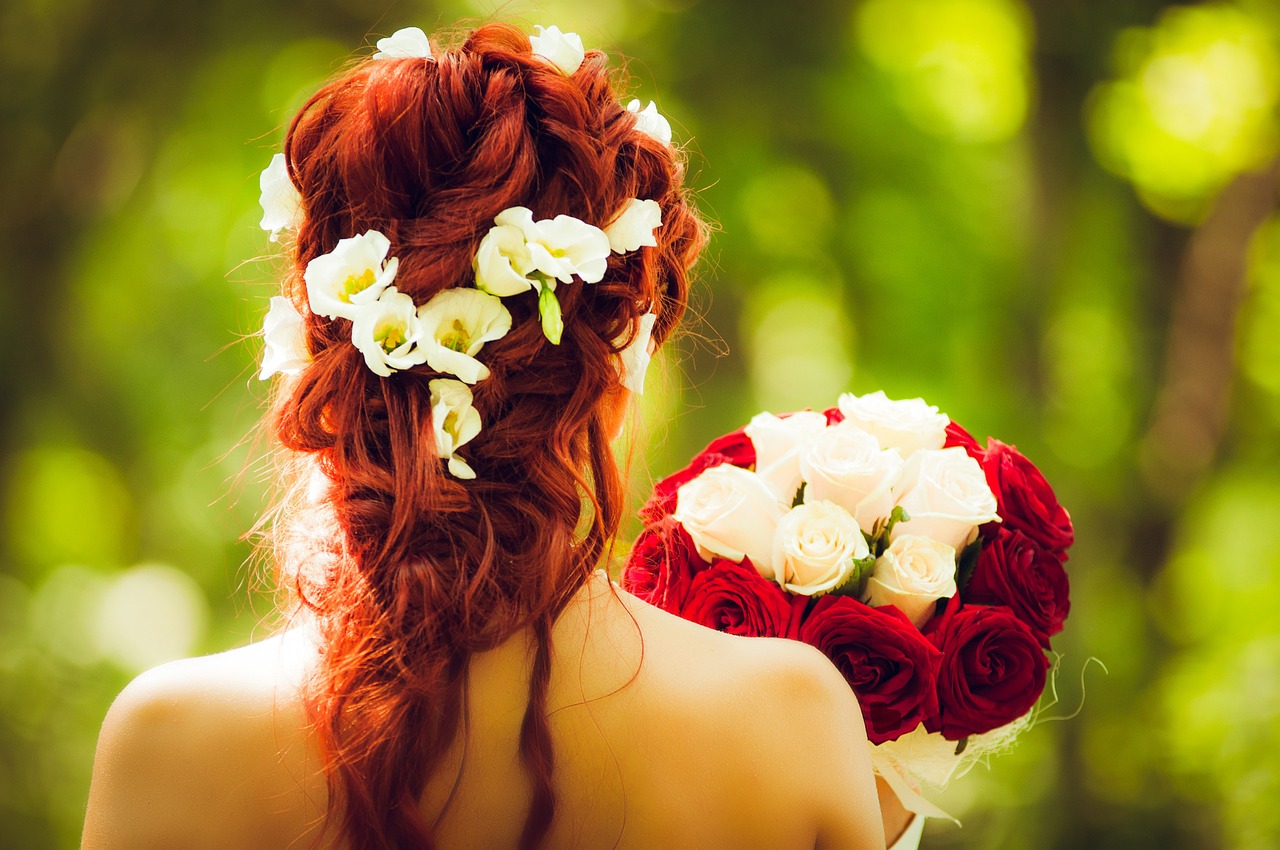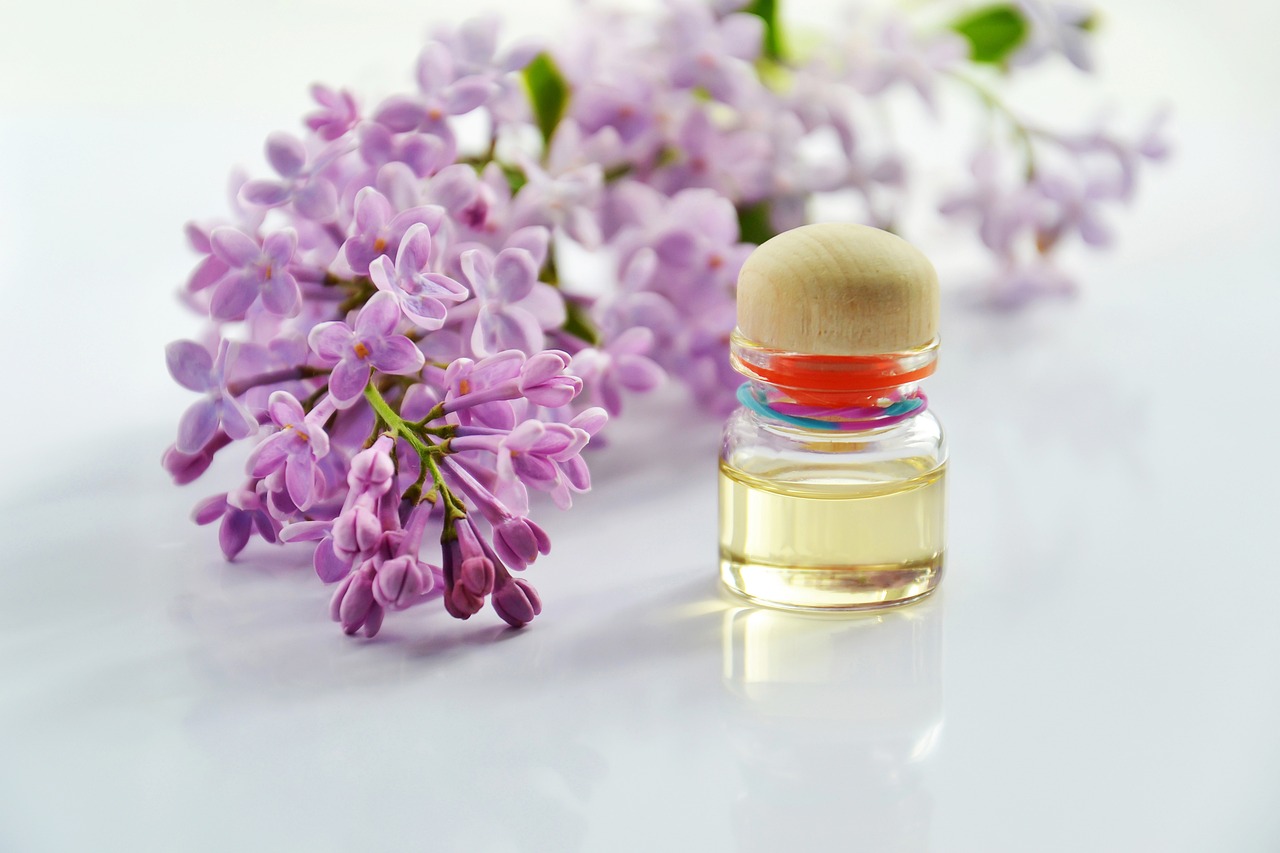Introduction
The world of perfumes is a sensory symphony that resonates with the rich tapestry of human cultures. From the bustling markets of Morocco to the serene gardens of Japan, the cultural diversity of perfumes is a fragrant journey that spans continents and centuries. In this blog, we’ll embark on a scented exploration of how various cultures infuse their unique identities into the world of perfumery, crafting aromatic narratives that tell stories of history, traditions, and emotions.
Cultural Significance of Fragrance
Across cultures, fragrances hold deep cultural and spiritual significance. Perfumes are not merely scents; they are vessels that carry the essence of traditions, rituals, and beliefs. From ancient times to the modern era, cultures around the world have used fragrances to mark important milestones, invoke deities, and enhance the senses.
The Middle East: Opulence and Spirituality
In the Middle East, perfumes are steeped in opulence and spirituality. Oud, a precious resinous wood, is at the heart of many Middle Eastern perfumes. Its rich and complex aroma is associated with luxury and has been used for centuries in various rituals and celebrations. Perfume oils and attars (concentrated perfumes) are cherished in the region, where they are considered both a personal adornment and a connection to the divine.
Asia: Nature’s Elegance
From the serene gardens of Japan to the vibrant markets of India, Asia’s fragrances celebrate the elegance of nature. Cherry blossoms, tea leaves, and traditional herbs are often incorporated into perfumes, creating scents that mirror the region’s landscapes. Sandalwood, revered in many Asian cultures, adds a touch of tranquility to perfumes and holds spiritual significance in various rituals.
Europe: Elegance and Artistry
European perfumery is synonymous with elegance, sophistication, and artistry. The classic perfumeries of France and Italy have given rise to iconic fragrances that epitomize timeless allure. European scents often embody historical eras and cultural movements, from the romantic florals of the Victorian era to the bold androgyny of the Roaring Twenties.
Africa: Rich Heritage
Africa’s perfumery is a celebration of its diverse cultures and landscapes. From the aromatic spices of North Africa to the vibrant florals of sub-Saharan regions, African perfumes carry a sense of heritage and connection to the land. Traditional ingredients like myrrh and frankincense are used not only for their scents but also for their cultural and medicinal properties.
Latin America: Vibrant Energy
In Latin America, perfumery is a vibrant expression of the region’s energy and passion. Indigenous ingredients like cacao, vanilla, and tropical fruits infuse fragrances with a sense of vibrancy. These scents often evoke the lively spirit of fiestas and celebrations, capturing the essence of Latin American culture.
Cross-Cultural Fusion: Modern Perfumery
In today’s globalized world, cultural diversity is celebrated through cross-cultural fusion in perfumery. Perfumers draw inspiration from various cultures, blending ingredients and traditions to create scents that resonate with a global audience. The fusion of East and West, traditional and modern, results in perfumes that carry the essence of cultural exchange.
Embracing Cultural Diversity
- Cultural Collaboration: Brands are collaborating with perfumers and artisans from different cultures to create authentic fragrances that honor specific traditions. This approach not only adds authenticity but also promotes cross-cultural understanding.
- Cultural Storytelling: Perfume marketing often includes narratives that reflect cultural histories and values. These stories create a deeper connection between the wearer and the fragrance.
- Cultural Sensitivity: In a world that celebrates diversity, brands must approach cultural inspiration with sensitivity and respect to avoid cultural appropriation or misrepresentation.
- Education and Awareness: Brands can educate consumers about the cultural significance of ingredients and traditions, fostering appreciation and understanding.
Conclusion
The cultural diversity of perfumes is a testament to the power of scents to connect us to our heritage, our roots, and the world at large. Perfumes transcend language barriers, allowing us to experience different cultures through our sense of smell. As we explore fragrances that capture the spirit of distant lands, we partake in a global olfactory journey, one that celebrates the beauty of our shared human experience and the cultural mosaic that makes our world so wonderfully diverse.




